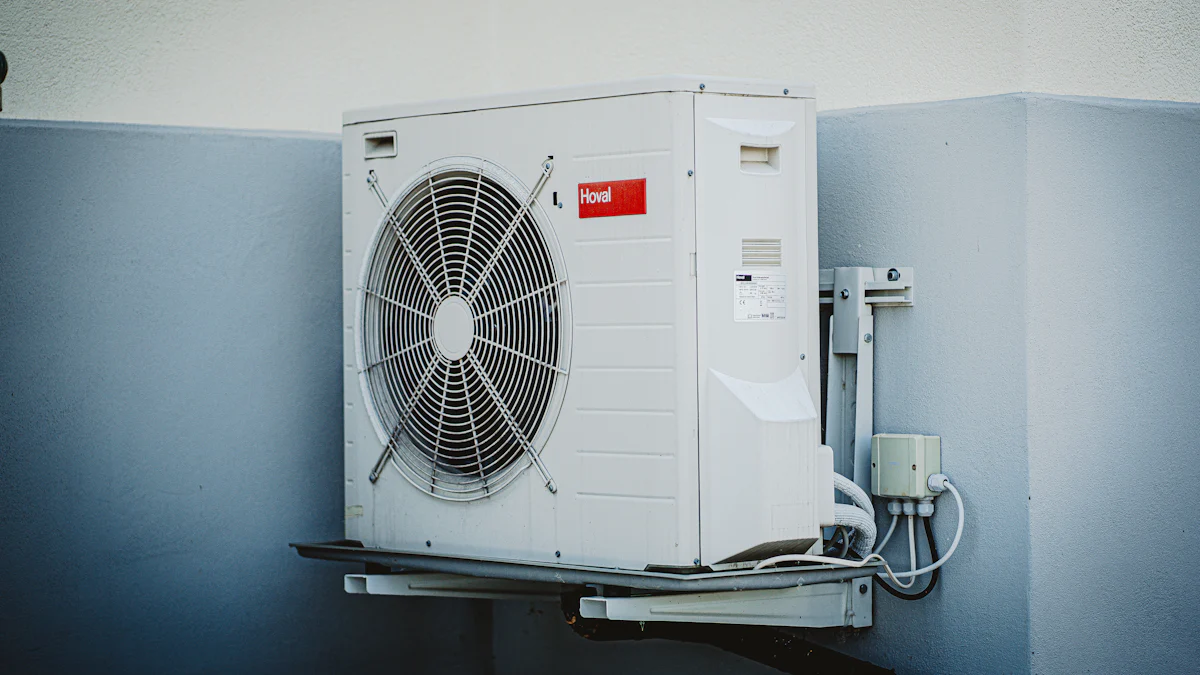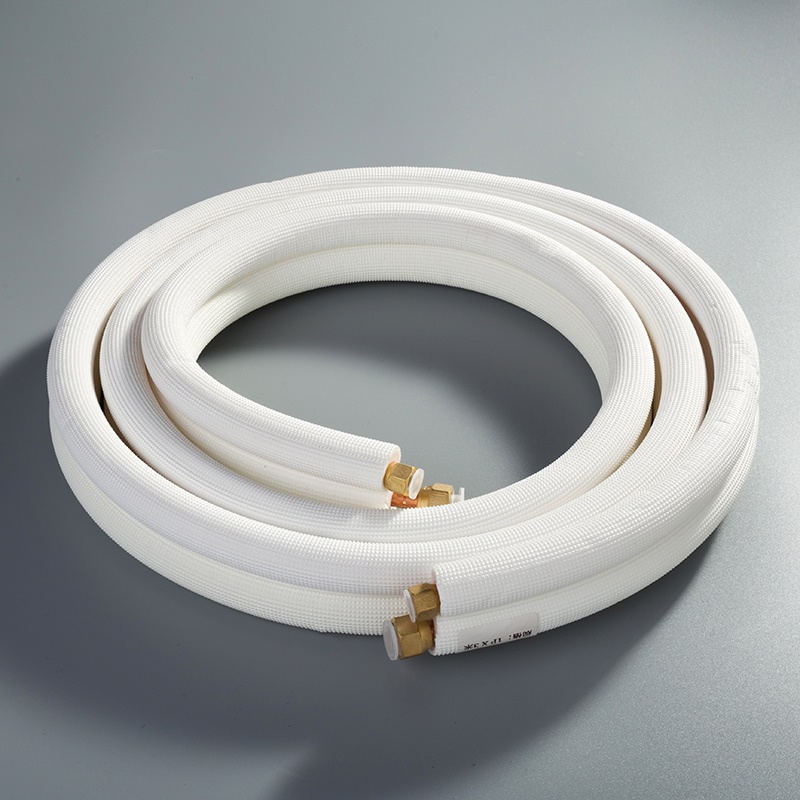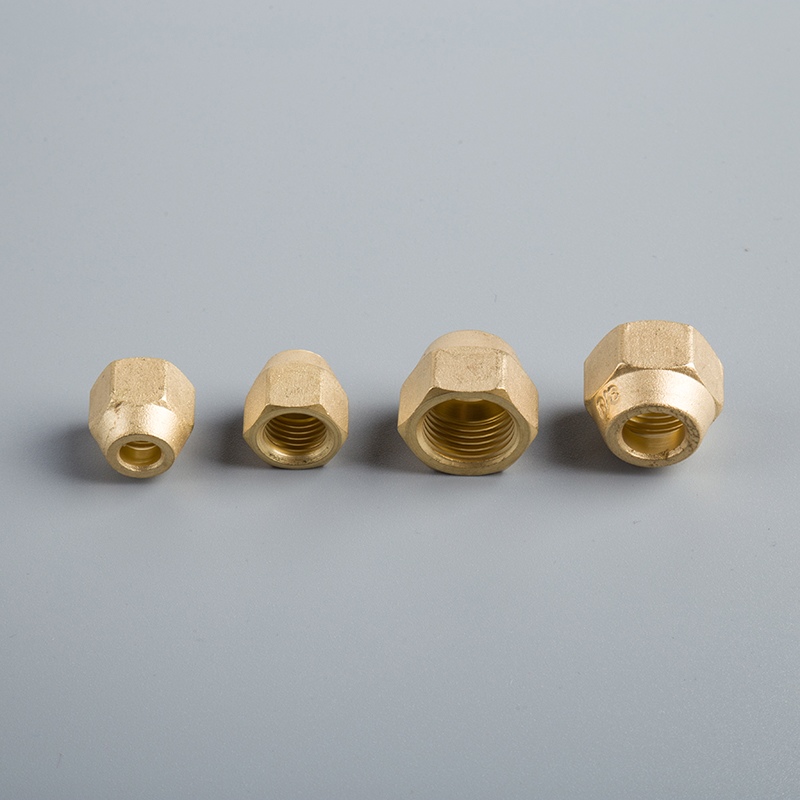Copper Price Trends and Their Effects on Air Conditioning Systems

Trends in Copper Prices and Their Impact on Air Conditioning Systems
Copper plays a crucial role in various industries due to its excellent thermal and electrical conductivity. The air conditioning industry heavily relies on copper for components like condenser coils and refrigerant lines. Understanding copper price trends becomes essential as fluctuations can significantly impact production costs and supply chain dynamics. High copper prices have forced manufacturers to consider alternatives like aluminum. For instance, Daikin Industry plans to replace half of its copper with aluminum by 2025. Monitoring these trends helps stakeholders make informed decisions.
Copper Usage in Air Conditioning Systems

Role of Copper in Air Conditioning
Copper Tubing and Piping
Copper tubing and piping serve as the backbone of air conditioning systems. These components connect major parts within an air conditioner, ensuring efficient cooling. High-quality copper pipes prevent leaks and cracks, which can lead to ineffective cooling. The durability of copper allows air conditioning systems to operate efficiently over extended periods.
Copper in Heat Exchangers
Heat exchangers in air conditioning systems rely heavily on copper. Copper's excellent thermal conductivity enables quick heat transfer, which is essential for effective cooling. This property makes copper a preferred material for heat exchangers. The ability to transfer heat efficiently helps maintain the desired temperature within indoor spaces.
Advantages of Using Copper
Thermal Conductivity
Copper's high thermal conductivity stands out as a significant advantage. This property allows for rapid heat transfer, making air conditioning units more efficient. Faster cooling translates to lower energy consumption, which benefits both consumers and manufacturers.
Durability and Reliability
Durability and reliability are key factors that make copper a popular choice. Copper pipes and components can last up to 20 years, depending on environmental conditions. The material's resistance to corrosion ensures long-term performance. Reliable operation reduces maintenance costs and enhances user satisfaction.
Current Trends in Copper Prices
Historical Price Analysis
Long-term Trends
Copper prices have shown significant variability over the years. Historically, copper has experienced periods of both stability and volatility. The early 2000s saw a steady increase in copper prices due to rising demand from emerging markets. The global financial crisis in 2008 caused a sharp decline in copper prices. Recovery followed, with prices reaching new highs by 2011.
Recent Fluctuations
Recent years have seen dramatic fluctuations in copper prices. The COVID-19 pandemic initially caused a drop in demand, leading to lower prices. However, as economies began to recover, copper prices surged. Supply chain disruptions and increased demand for renewable energy technologies have contributed to these fluctuations. The price of copper reached record highs in 2021, impacting various industries, including air conditioning manufacturing.
Factors Influencing Copper Prices
Global Demand and Supply
Global demand and supply play crucial roles in determining copper prices. Rapid industrialization in countries like China and India has driven up demand. Copper is essential for infrastructure projects, electrical wiring, and electronics. On the supply side, mining activities and production levels significantly impact prices. Any disruption in mining operations can lead to supply shortages, causing prices to spike.
Economic and Political Factors
Economic and political factors also influence Trends in Copper Prices and Their Impact on Air Conditioning Systems. Trade policies, tariffs, and geopolitical tensions can affect copper prices. For instance, trade disputes between major economies can disrupt supply chains. Economic indicators such as GDP growth rates and inflation also play a role. High inflation can lead to increased production costs, pushing up copper prices.
Impact of Copper Price Trends on Air Conditioning Systems

Production Costs
Material Costs
High Trends in Copper Prices and Their Impact on Air Conditioning Systems directly affect material costs. Copper accounts for 20% to 30% of the production cost of air conditioners. Rising copper prices lead to increased expenses for manufacturers. The need for high-quality copper tubing and piping further escalates costs. Manufacturers must allocate more budget to procure copper, impacting overall production budgets.
Manufacturing Expenses
Manufacturing expenses also rise due to Trends in Copper Prices and Their Impact on Air Conditioning Systems. Increased material costs translate into higher manufacturing expenses. Factories must invest more in raw materials, affecting the cost structure. The production process becomes more expensive, leading to higher operational costs. This scenario forces manufacturers to reassess their pricing strategies.
Supply Chain Dynamics
Availability of Copper
Trends in Copper Prices and Their Impact on Air Conditioning Systems influence the availability of copper. Supply chain disruptions often occur due to fluctuating copper prices. Mining activities and production levels impact the supply of copper. Any disruption in mining operations leads to shortages. Manufacturers face challenges in securing a steady supply of copper, affecting production timelines.
Lead Times and Delays
Lead times and delays become prevalent due to Trends in Copper Prices and Their Impact on Air Conditioning Systems. Supply chain disruptions cause delays in receiving copper. Manufacturers experience longer lead times, affecting production schedules. Delays in obtaining copper impact the timely delivery of air conditioning units. This situation creates a ripple effect, causing delays throughout the supply chain.
Market Prices of Air Conditioning Units
Consumer Pricing
Trends in Copper Prices and Their Impact on Air Conditioning Systems directly affect consumer pricing. Increased production costs lead to higher prices for air conditioning units. Consumers bear the brunt of rising copper prices. Higher consumer pricing affects the affordability of air conditioning systems. The market sees a shift in demand due to elevated prices.
Profit Margins for Manufacturers
Profit margins for manufacturers shrink due to Trends in Copper Prices and Their Impact on Air Conditioning Systems. Increased material and manufacturing costs reduce profit margins. Manufacturers struggle to maintain profitability while managing rising expenses. The need to remain competitive forces manufacturers to absorb some costs. This scenario impacts the financial health of air conditioning manufacturers.
Potential Alternatives to Copper
Aluminum
Pros and Cons
Aluminum provides a viable alternative to copper in air conditioning systems. Aluminum costs less than copper, making it an attractive option for manufacturers. The material also offers good thermal conductivity, although not as high as copper. Aluminum's lighter weight reduces the overall weight of air conditioning units, which can simplify installation and reduce transportation costs.
However, aluminum has some drawbacks. Aluminum lacks the anti-corrosive properties that copper possesses. This makes aluminum more susceptible to corrosion, especially in humid environments. Aluminum pipes tend to be more fragile and can suffer damage more easily. Repairs on aluminum components prove more challenging compared to copper, often requiring complete replacement rather than simple fixes.
Current Usage in the Industry
Many air conditioning manufacturers have started incorporating aluminum into their designs. Companies like Daikin Industry plan to replace half of their copper usage with aluminum by 2025. This shift aims to mitigate the rising costs associated with copper. However, the industry faces challenges as aluminum prices have also seen recent increases. Despite these challenges, the trend towards aluminum continues to grow, driven by the need to manage production costs effectively.
Other Emerging Materials
Composite Materials
Composite materials offer another potential alternative to copper. These materials combine different substances to achieve desired properties. For example, composites can blend metals with polymers to enhance strength and durability. Composite materials can provide good thermal conductivity and resistance to corrosion. The use of composites can also reduce the overall weight of air conditioning units, similar to aluminum.
The development of composite materials remains an active area of research. Scientists and engineers work to create composites that can match or exceed the performance of traditional materials like copper and aluminum. The goal is to find a balance between cost, durability, and efficiency.
Research and Development
Research and development play a crucial role in finding alternatives to copper. Ongoing studies focus on improving the properties of existing materials and discovering new ones. Innovations in material science aim to create solutions that offer high thermal conductivity, durability, and cost-effectiveness.
Investment in research helps drive these advancements. Governments, academic institutions, and private companies all contribute to the development of new materials. The air conditioning industry benefits from these efforts as manufacturers gain access to improved materials that can enhance product performance and reduce costs.
Copper remains crucial for air conditioning systems due to its thermal conductivity and durability. Trends in Copper Prices and Their Impact on Air Conditioning Systems show significant fluctuations, affecting production costs and supply chain dynamics. High copper prices push manufacturers to explore alternatives like aluminum. The future of air conditioning systems will likely see increased use of alternative materials. Industry stakeholders must innovate to manage rising costs and maintain efficiency. Embracing new materials and technologies will ensure sustainable growth.
See Also
Revealing the Influence: Copper Tubes in Air Conditioning Units
Key Benefits of Copper Piping for Air Conditioning
Exploring the Future: Innovations in Copper Tube Production for Air Conditioning
The Case for Selecting Copper Piping in Air Conditioning
The Impact of High-Quality Copper Piping on Air Conditioning


